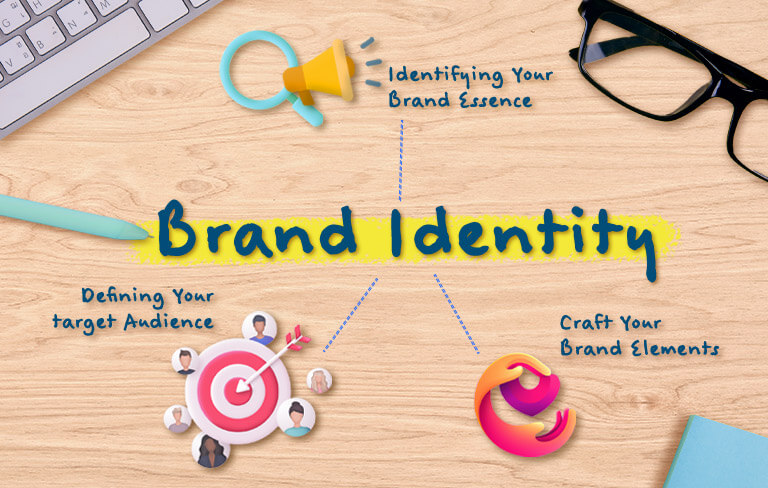As business owners, intuitively we want to reach as many people as possible with our goods, product or services. We employ a multitude of means to do so, from different forms of marketing that span a mix of channels as well as writing engaging advertising campaigns that entice new users. Good reach is one of the fundamentals of good marketing, however, that is not the only thing that business owners want. Conversions are the next step in the consumer journey after getting their attention as businesses try to secure more sales. The question here is does a high reach automatically equate to a high conversion rate. This article explores the relationship between these two factors and how they work hand in hand.
Let’s look at the definitions of the terms.
Reach – It’s used to express the total percentage of a target audience who are exposed to a commercial at least once throughout a campaign period.
Conversion – The point at which a recipient of a marketing message performs a desired action. Simply put, conversion is when your audience responds to your call-to-action.
Now, just why are reach and conversions so important to your business?
First, a broader market reach allows you to target a larger group of potential customers with your campaign. In theory, the larger the group of audience you reach, the higher the likelihood of making more sales.
Next, we have conversion. The best way to quantify conversion is by tracking the conversion rate. By doing so, we are able to effectively compare and contrast how the different advertising channels are doing against each other. This would allow for better insights to be drawn from campaigns and efforts can be redirected to areas that need it more.
So the answer to the title of the question. As intuitive as it seems, the answer is no. Just having a high reach does not equate to having a high conversion rate.
It would make more sense to target the consumer segments that will be more responsive to advertising. Research from the Mobile Marketing Association and Neustat shows that targeting the ‘moveable middle’ of the target segment, who have a 20- 80% probability of buying, is a much more viable strategy in the long run. The research indicates that consumers in this segment are up to five times more responsive to advertising, resulting in a 50% lift in returns on ad spend for those companies that adopted campaigns that targeted this group. If your target audience happens to be Gen Zs, you can check out this article that proposes strategies to bond with them.
Thus, just reaching out to anyone and everyone for the sake of achieving high reach is counterproductive as there will be groups that just don’t respond the same to advertising. In fact, this could lead to oversaturation, where consumers are just constantly bombarded with generic brand ads that end up overwhelming them and they are deterred from further interaction. Creative fatigue may set in at the same time, indirectly causing brands to invest further to minimize this.
Furthermore, the pandemic has affected consumer behavior which has also brought upon an age of uncertainty. This may be worrying for businesses looking to grow their brand.
A balance needs to be struck between having reach and conversions. If you have already achieved a decent amount of reach, the next step would be to make that reach more effective and this can be in the form of ensuring higher conversion rates. If you are interested in a more in depth breakdown of how reach and conversion will be relevant to your business, feel free to drop us a message and we will be more than happy to arrange a session with you.





